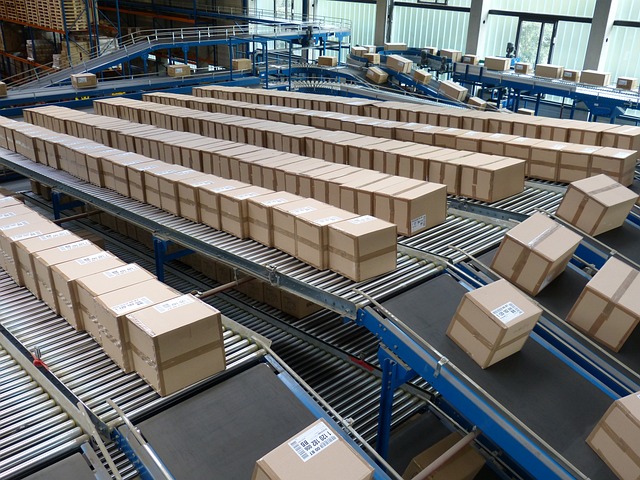IndustryTap has covered the world’s looming water shortage problem usually considering its deleterious effects on humans. We have looked at desalination, “mining” icebergs, and more. But water shortages also affect critical infrastructure and systems humans depend on, such as coal plants that require vast amounts of fresh water to operate. Compounding this problem is the uneven distribution of fresh water on the earth’s surface and the somewhat random location of industrial facilities needing water; the routing of water between them becomes complicated as supplies are increasingly taxed.
Sixty percent of China’s power plants, mostly running on coal, are located in northern China while only 20% of its fresh water is found there. As the Chinese government comes to terms with the need to ration its precious supply of fresh water, it has implemented water use constraints by putting a limit on how much can be used, area by area.
The Chinese energy sector, currently uses 102 billion m³ of water per year, and it is estimated that by 2030 that amount could rise to between 124 billion m³ to 190 billion m³. The Chinese energy industry is responding to this “pinch” by locating new plants in wetter areas and by developing alternative sources of energy such as solar panels and wind turbines, which use significantly less water.
Retrofitting Plants To Save Water
Another road is to use new technology to retrofit plants, making them more water efficient. But this doesn’t actually make sense in terms of overall efficiency and cost; studies have determined that retrofitting a 100 GW coal plant would cost $20 billion. Because of this, renewable energy is looking more attractive to Chinese power producers.
As China, Brazil and India begin to consume more energy per capita over the next 35 years, new technologies to solve problems, such as a limited water supply, are critical or water will become an increasingly finite resource.





